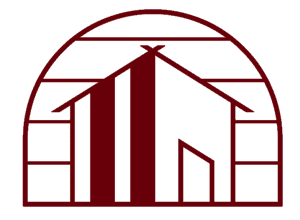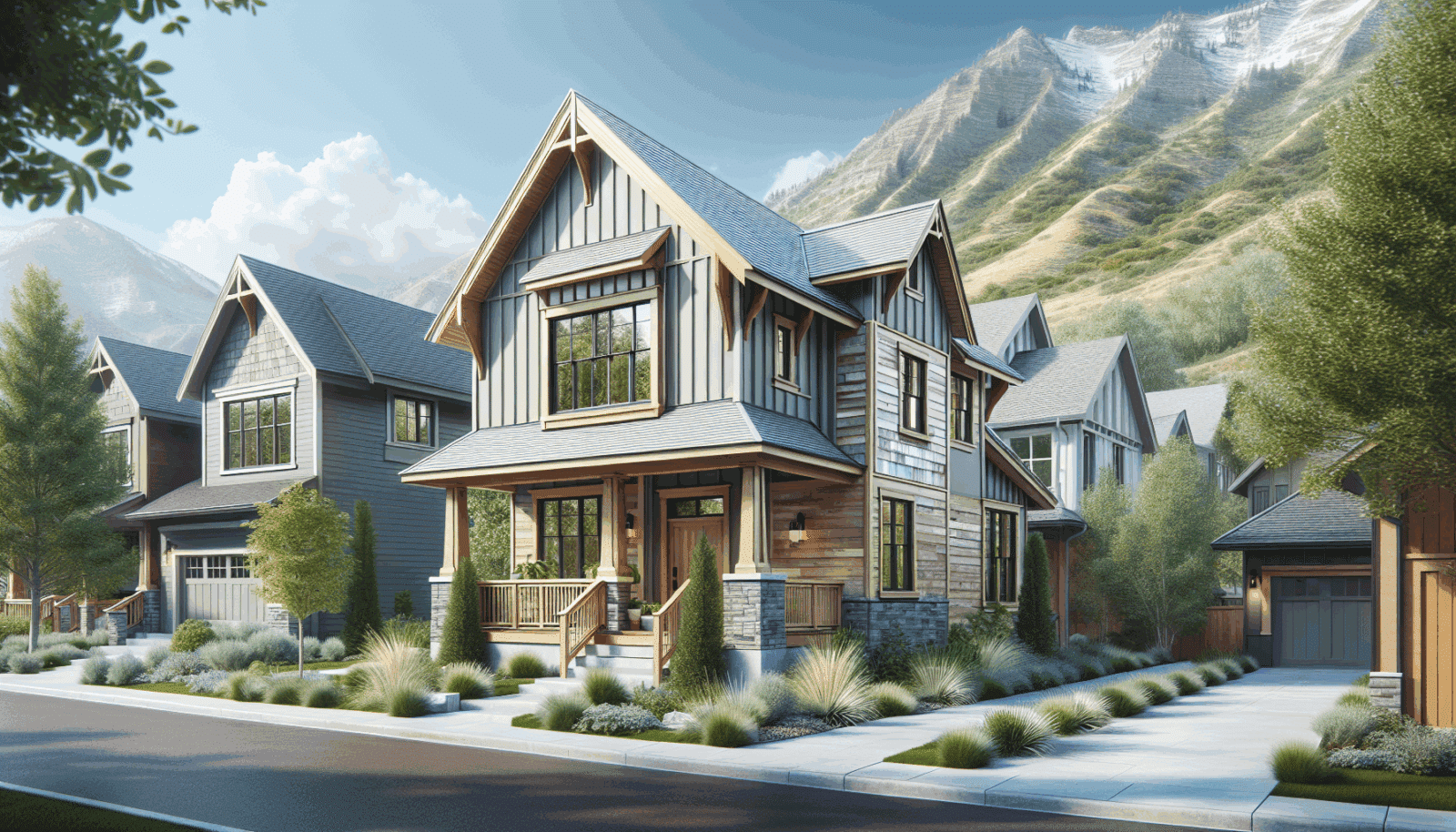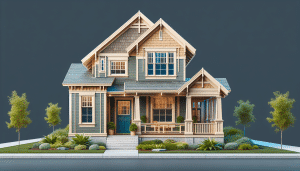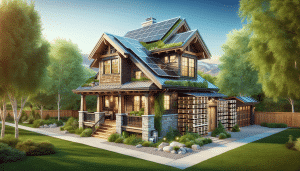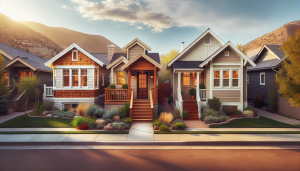If you’re a homeowner who cares both about aesthetics and the environment, eco-friendly siding options are your best friend. At Utah Siding & Exteriors, we’re thrilled to guide you through a variety of sustainable siding solutions. This article aims to help you make the best eco-friendly choice for your home while making it feel cozy and look stunning.
Understanding Eco-Friendly Siding
Eco-friendly siding isn’t just a buzzword; it’s a commitment to a greener planet. When you choose environmentally responsible siding, you are minimizing your home’s carbon footprint. What exactly makes siding eco-friendly? Materials that are sustainable, recyclable, and energy-efficient.
We believe that eco-friendly siding should not only protect your home but also contribute positively to your surroundings. Additionally, it’s important that these options blend seamlessly with your design preferences.
Benefits of Eco-Friendly Siding
Choosing eco-friendly siding comes with a multitude of benefits. First, it significantly reduces your environmental impact. By opting for sustainable materials, you are helping to preserve natural resources for future generations.
Moreover, eco-friendly siding options often offer excellent durability and low maintenance requirements. This means you’ll save money in the long run while giving your house an attractive, modern look.
Sustainable Wood Siding
Wood siding has come a long way from its earlier iterations. Today, sustainable wood siding is sourced from renewable forests, making it a more eco-friendly alternative. Look for certifications like FSC (Forest Stewardship Council) to ensure responsible sourcing.
Opt for wood types that are naturally resistant to pests and weather conditions. Cedar and redwood are great examples. They not only give your home a warm, natural appearance but also require less chemical treatment.
Fiber Cement Siding
Fiber cement siding is another excellent eco-friendly option. Made from a mix of cement, sand, and cellulose fibers, this material is incredibly durable and long-lasting. It can imitate the look of wood, stone, or brick, giving you a variety of styles to choose from.
The production process of fiber cement siding involves less CO2 emission compared to other materials. Plus, it’s fire-resistant and can withstand harsh weather conditions, making it a worthwhile investment.
Reclaimed Metal Siding
Reclaimed metal siding isn’t just for industrial buildings anymore. Using reclaimed metal helps reduce waste and offers a modern, sleek look for your home. This sustainable option often includes recycled steel or aluminum, both of which are highly durable.
Metal siding is great for reflecting sunlight, thus reducing cooling costs in the hot summer months. It’s also recyclable, making it an endless loop of sustainability.
Recycled Vinyl Siding
Vinyl siding has often been criticized for its environmental impact, but recycled vinyl siding tells a different story. This option uses post-consumer waste to create new siding material, significantly reducing landfill burden.
Recycled vinyl siding is durable and requires minimal maintenance. It’s available in various colors and styles, giving you the flexibility to design your dream exterior.
Insulated Siding
When it comes to energy efficiency, insulated siding takes the cake. This siding integrates a layer of foam insulation, which drastically reduces your home’s energy consumption. By keeping your home warmer in winter and cooler in summer, you save on utility bills.
Insulated siding also reduces noise pollution, making your home a quieter, more peaceful place to live. The environmental benefits combined with personal comfort make this option a win-win.
Comparing Costs
It’s natural to wonder how these eco-friendly options compare cost-wise. Although some sustainable materials may come with a higher initial price tag, they often offer savings in other areas. For instance, durable materials mean fewer replacements and repairs.
Additionally, energy-efficient options can lead to significant savings on your utility bills. It’s crucial to consider these long-term gains when weighing your initial investment.
How to Maintain Eco-Friendly Siding
Maintaining your eco-friendly siding is key to its longevity. Regular inspections and cleaning can go a long way in keeping your siding in top shape. Using eco-friendly cleaning solutions also ensures that you’re consistent with your sustainability goals.
Minor repairs can typically be done with minimal materials, which means less waste. Sustainability should be a continuous effort, not just a one-time choice.
Five Key Points to Remember
- Recycled Materials: Opt for siding made from recycled materials to reduce landfill waste and lower your environmental impact.
- Certifications: Look for certifications like FSC to ensure the materials are sourced responsibly and sustainably.
- Energy Efficiency: Choose options like insulated siding to improve your home’s energy efficiency, saving on utility bills.
- Durability: Select materials known for their longevity and minimal maintenance requirements.
- Recyclability: Pick materials that are recyclable to ensure they can be reused at the end of their lifecycle.
Contact Us
If you’re ready to make an eco-friendly upgrade to your home’s siding, Utah Siding & Exteriors is here to help. We offer a range of sustainable siding options tailored to your needs.
Don’t wait; Request a Free Quote today and let’s make your home both beautiful and eco-friendly.
Conclusion
Eco-friendly siding is a fantastic way to enhance your home’s aesthetics while contributing to a healthier planet. From wood to vinyl to metal, the choices are plentiful and beneficial.
Have questions or need more information? Contact us today by phone # 801-509-9241 or Request a Free Quote.
